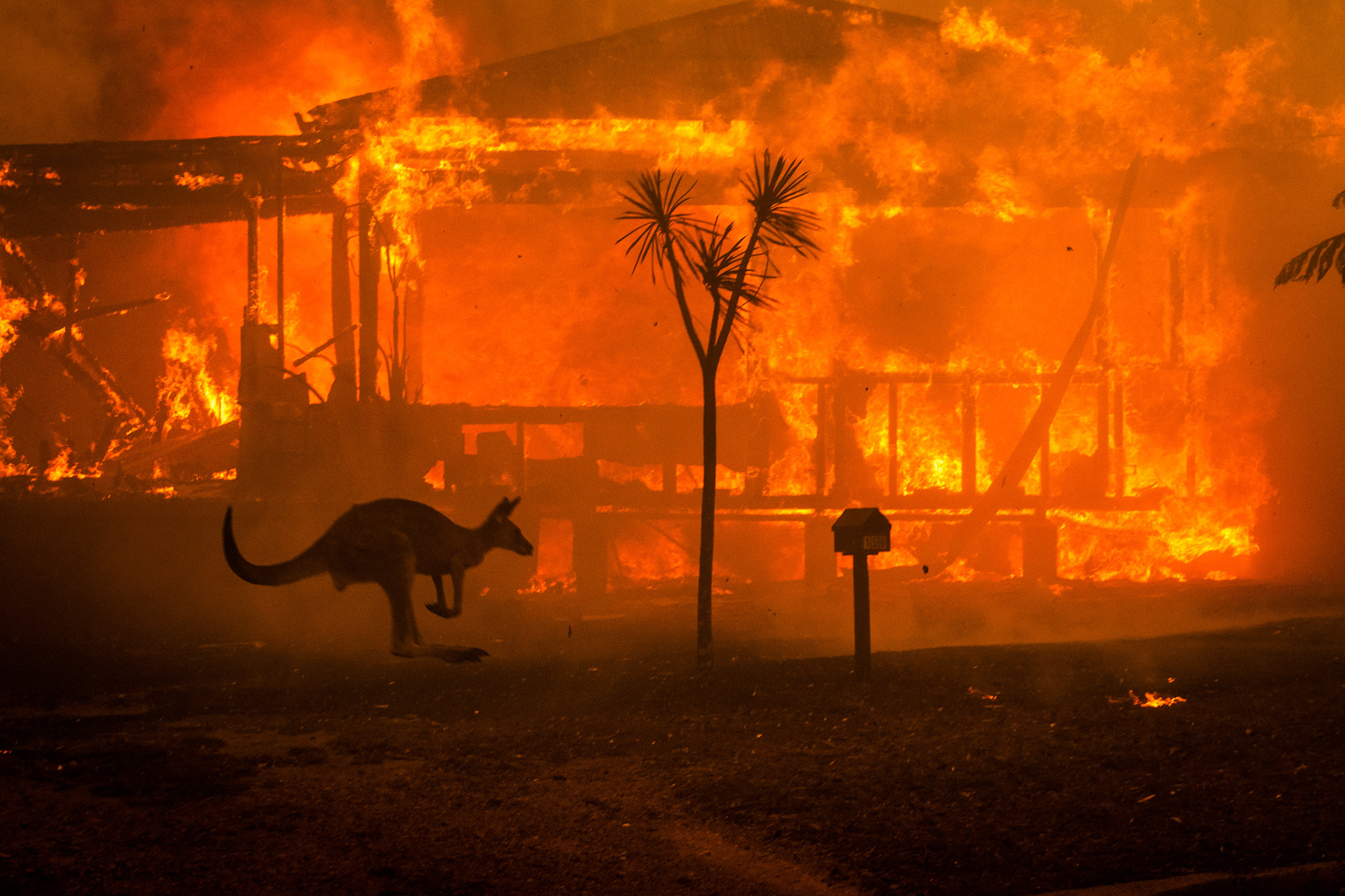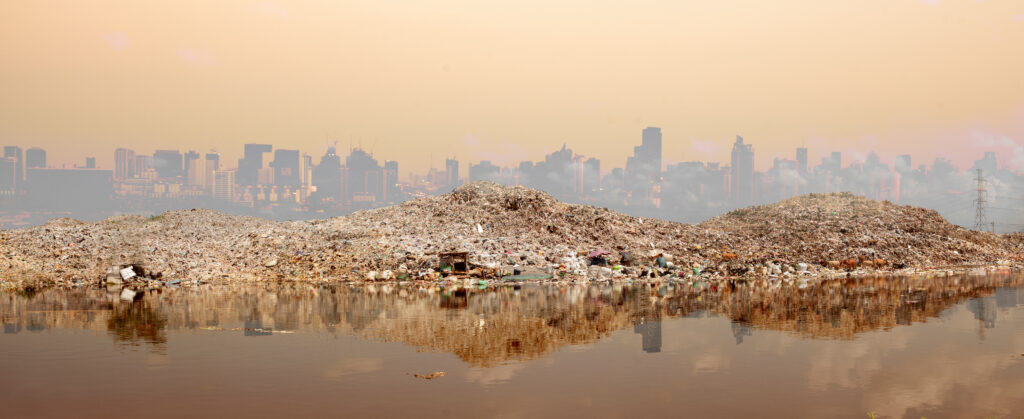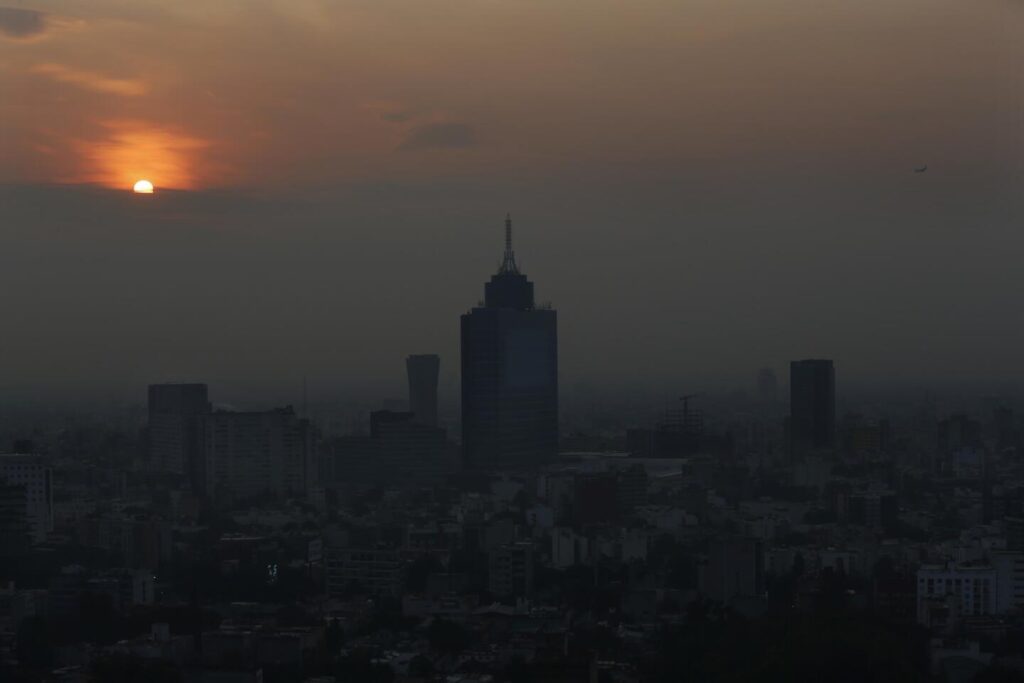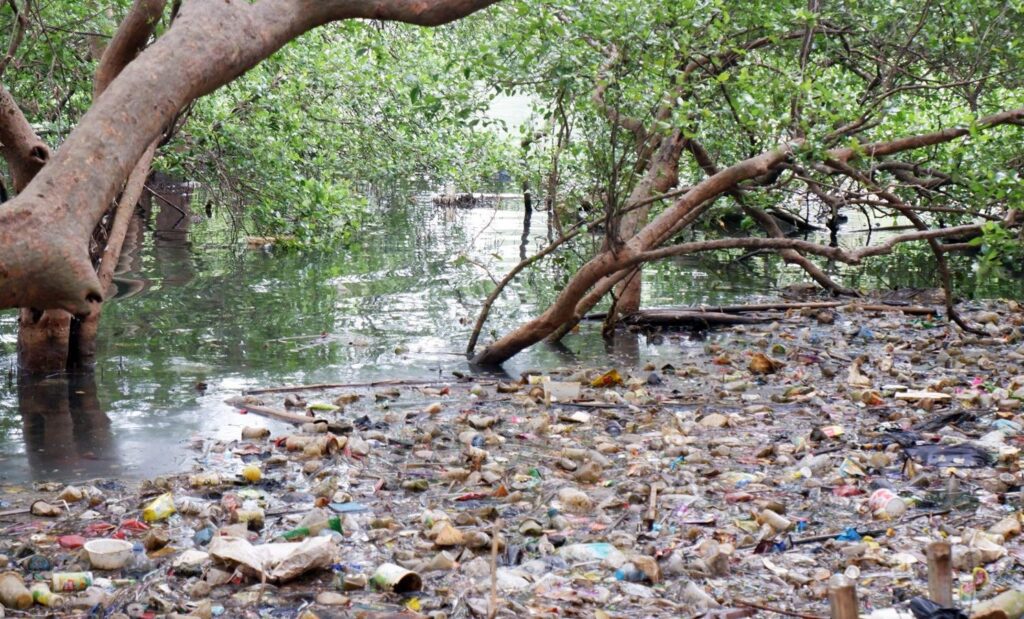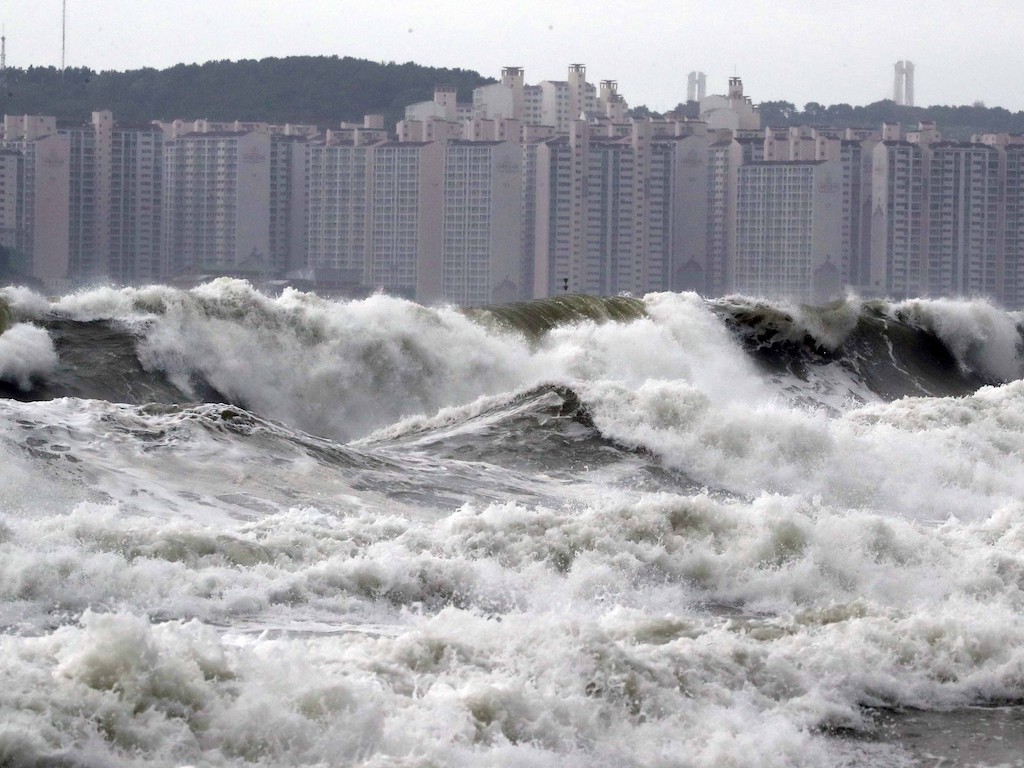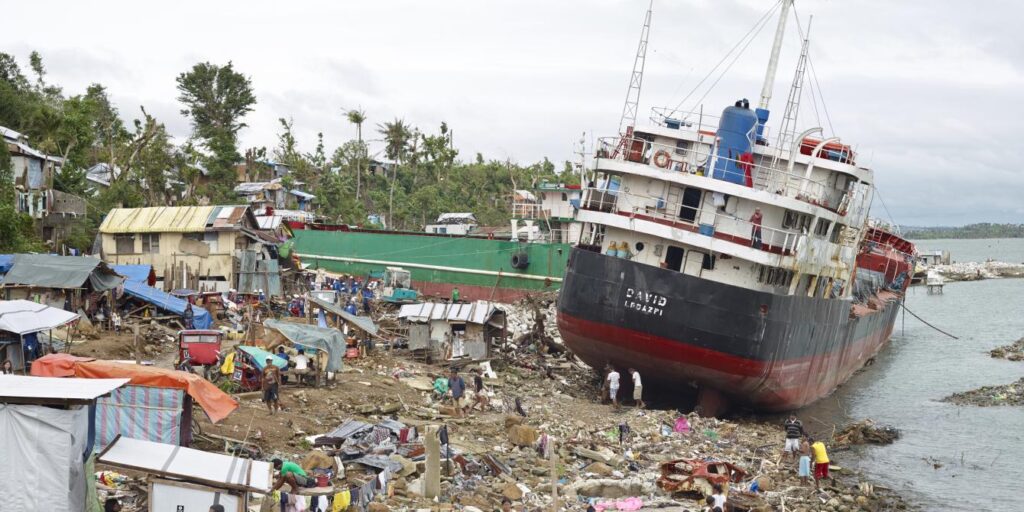Environmental Issues in Australia are an ongoing problem with growing public attention, and for good reason. According to the Australian Bureau of Meteorology, the country’s climate has warmed by approximately 1.51°C since 1910, which is significantly faster than the global average. This rise in temperature — coupled with issues like water scarcity, biodiversity loss and frequent bushfires — paints a sobering picture of the challenges ahead.
What Are the Biggest Environmental Issues in Australia in 2025?
Australia’s environmental challenges are multifaceted and reflect global climate trends. From scorching heatwaves to vanishing wildlife habitats, these issues highlight the need for urgent action at both national and community levels.
Here are some of the biggest environmental issues in Australia in 2025:
Rising Temperatures and Heatwaves
One of the most visible signs of climate change is the increase in extreme heat events. Australia experienced its hottest year on record in 2019, with an annual national mean temperature of 1.52°C above the long-term average. Furthermore, eight of the country’s warmest years have occurred since 2013. Additionally, heatwaves are becoming longer, more intense and more frequent.
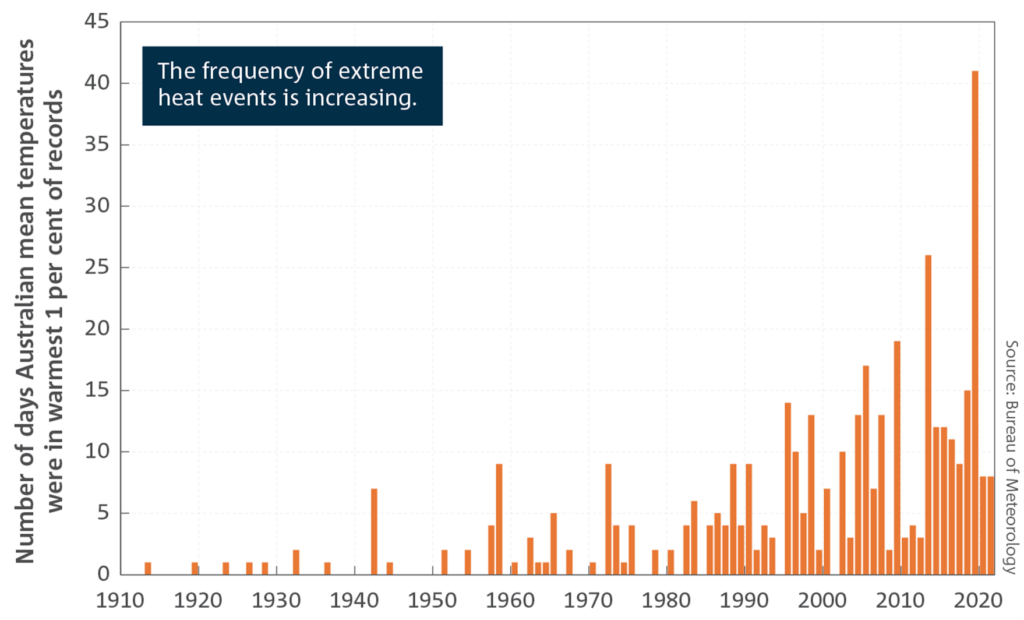
These prolonged heatwaves strain urban infrastructure, pushing up electricity consumption due to air conditioning and contributing to blackouts in peak summer periods. From a health standpoint, heat-related illnesses surge during these times, placing enormous stress on healthcare systems, particularly in densely populated cities like Sydney and Melbourne. As a result, heatwaves are one of the country’s deadliest natural hazards.
Water Scarcity and Drought
Although Australia is no stranger to drought cycles, the severity and frequency of these events have intensified over the past few decades. In regions like New South Wales and Southern Queensland, agricultural production suffered considerable losses during the 2017–2019 drought.
Limited freshwater resources threaten the farming sector and livestock, which underpins a valuable portion of the country’s economy. Initiatives like rainwater harvesting and desalination plants are steps in the right direction, yet critics argue that more robust water management policies are needed to ensure sustainability.
Bushfires and Their Aftermath
Bushfires were once considered a seasonal norm, yet have evolved into catastrophic events, exacerbated by extreme heat and prolonged drought. The 2019–2020 bushfire season scorched over 240,000 square km, destroyed more than 3,000 homes and killed at least 33 people.
Beyond the immediate loss of life and property, the fires led to hazardous air quality, disrupted tourism and inflicted lasting damage on local ecosystems. Wildlife suffered immensely, with estimates suggesting more than a billion animals — some of them already vulnerable — were either displaced or killed.
Coastal Erosion and Rising Sea Levels
Australia boasts over 34,000 km of coastline, which stands as vulnerable to erosion and rising sea levels. According to the Intergovernmental Panel on Climate Change (IPCC), global sea levels could rise between 0.6 and 1.1 m by 2100 if greenhouse gas emissions continue at their current rate.
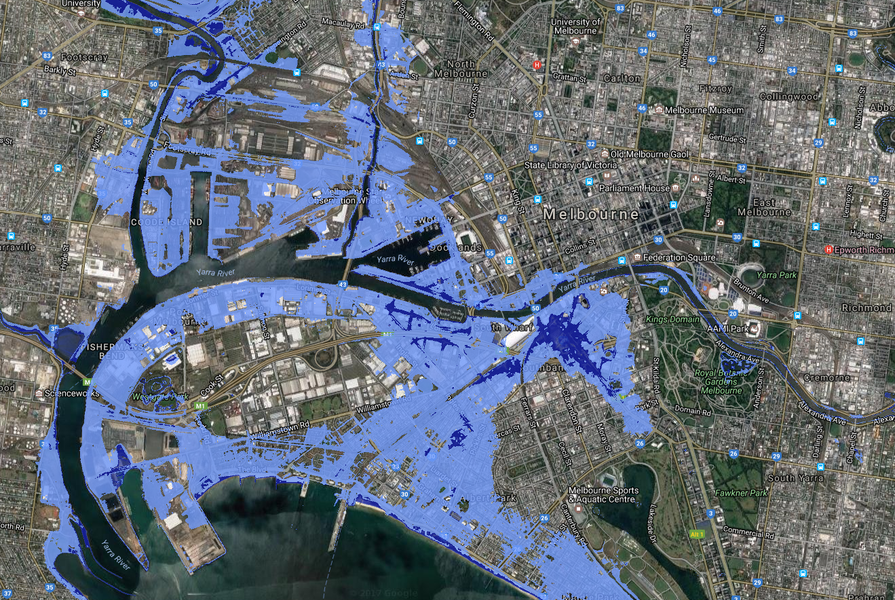
Such an increase would threaten coastal infrastructure, significant ports and tourist attractions, not to mention the communities in these areas. Coastal erosion is already evident in places like the Gold Coast, where local councils are investing in beach nourishment and sea walls to combat land loss.
Biodiversity Loss and Habitat Destruction
Australia is a biodiversity hotspot with its unique array of plants and animals. However, habitat loss due to land clearing, deforestation and invasive species has pushed numerous native animals to the brink of extinction. For example, koalas are now listed as endangered in parts of Australia.
The loss of habitats disrupts ecosystems and reduces nature’s capacity to regenerate and store carbon, making climate change mitigation even more challenging.
Great Barrier Reef Degradation
The Great Barrier Reef is the world’s largest barrier reef, spanning over 344,000 square km and providing AUD 56 billion in value to the country. However, it has suffered multiple mass coral bleaching events in recent years, making it challenging for the reef to recover.
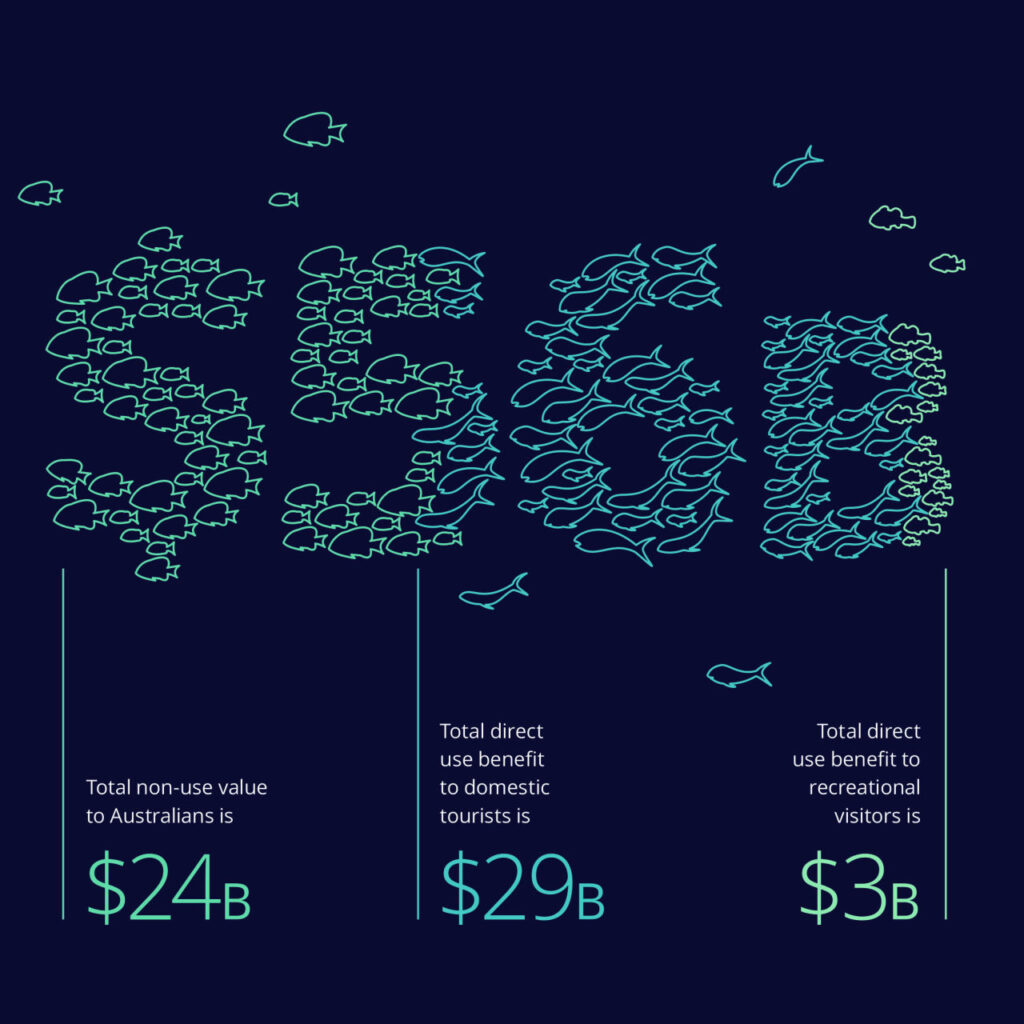
Warmer ocean temperatures, acidification and pollution drive this damage, endangering one of the world’s most important marine ecosystems. If these trends persist, the reef’s collapse could trigger severe consequences for marine biodiversity, tourism and local fisheries.
The Response of the Federal Government
The Australian government has implemented various measures to tackle these environmental challenges, though not without debate. Policies include a target of net zero emissions by 2050 and a commitment to reduce emissions by 43% by 2030 relative to 2005 levels. Renewable energy incentives, such as those supporting solar and wind projects, are gradually reshaping the country’s energy mix —already, over 30% of Australia’s electricity comes from renewables.
However, critics argue that these efforts are not enough to match the escalating pace of climate impacts. The debate continues over balancing economic growth — particularly in mining and agriculture— with the existential need to mitigate climate change.
Embracing Climate Science For a More Resilient Tomorrow
Australia’s environmental issues serve as a stark reminder of the challenges posed by a rapidly changing climate. These challenges are not confined to Australia alone; they reverberate globally, affecting supply chains, tourism and international climate policies.
The path forward requires aligning climate science with actionable policy at every level. Greater investment in research, clean energy and sustainable land use can help steer Australia towards a more resilient future. By rallying around the shared goal of safeguarding both the environment and economic, stability, there is real hope for meaningful progress. It’s a collective endeavour: decision-makers, industry leaders and citizens must unite to ensure climate science truly connects to climate action.
Eric Koons
Writer, United States
Eric is a passionate environmental advocate that believes renewable energy is a key piece in meeting the world’s growing energy demands. He received an environmental science degree from the University of California and has worked to promote environmentally and socially sustainable practices since. Eric has worked with leading environmental organisations, such as World Resources Institute and Hitachi ABB Power Grids.
Eric is a passionate environmental advocate that believes renewable energy is a key piece in meeting the world’s growing energy demands. He received an environmental science degree from the University of California and has worked to promote environmentally and socially sustainable practices since. Eric has worked with leading environmental organisations, such as World Resources Institute and Hitachi ABB Power Grids.

